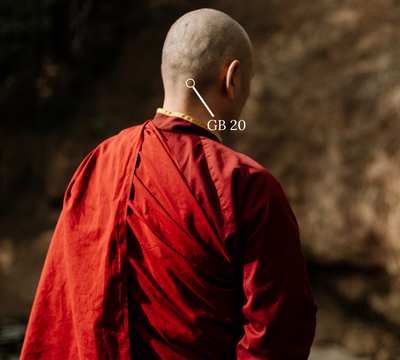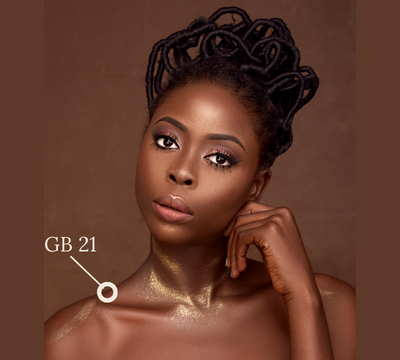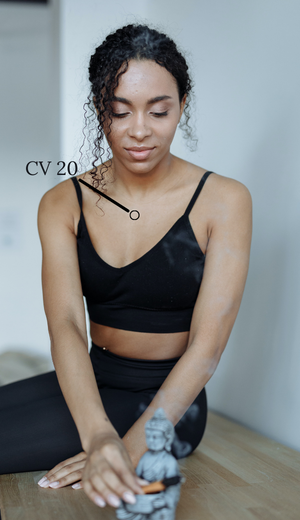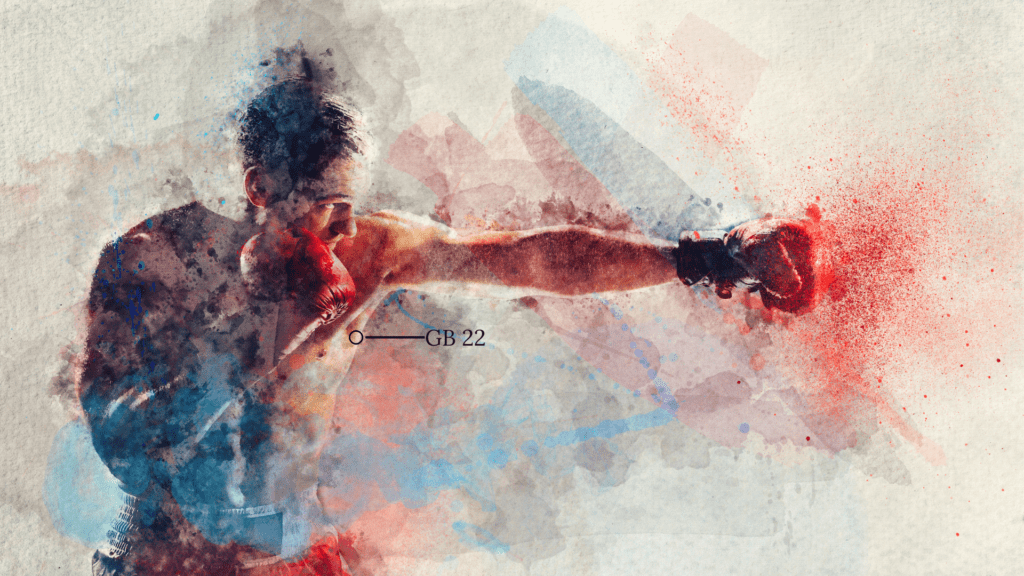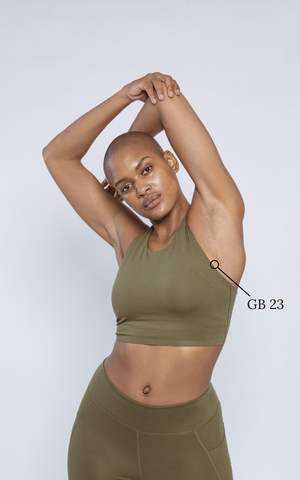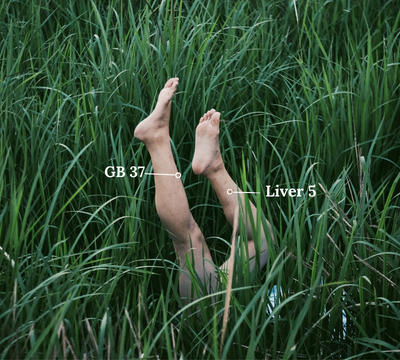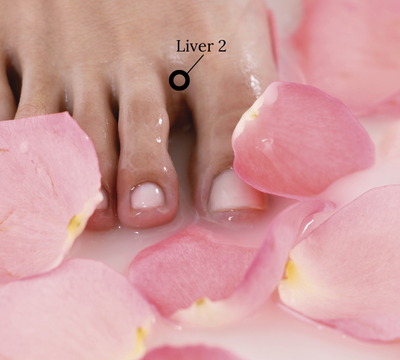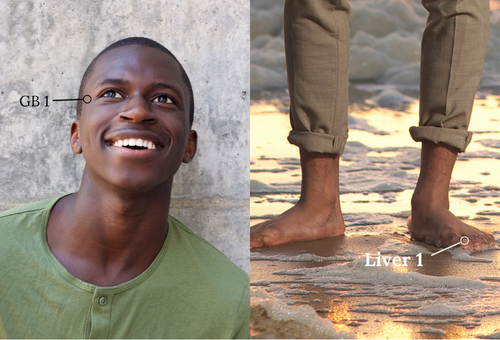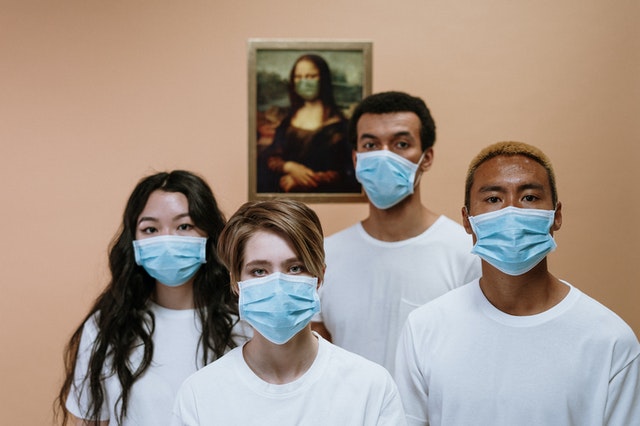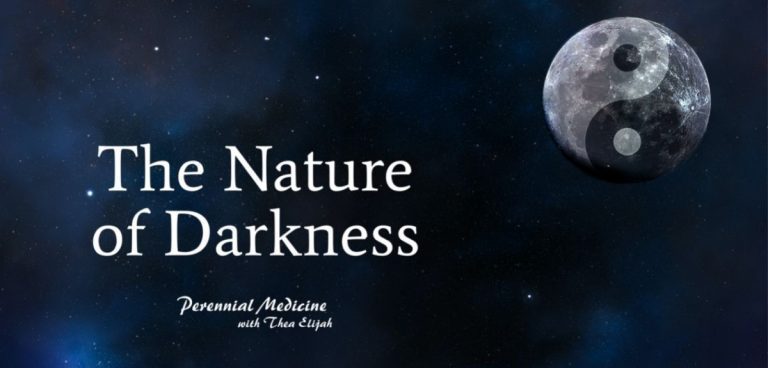Healing Internalized Oppression Part 2
This blog post is a continuation of Healing Internalized Oppression Part 1.
It is also part of a much longer self-study CEU of the same name, worth 2.5 PDA points, presented as a discussion between myself and two colleagues, Dr. Rachelle Dixon and Shawn Richardson. If you are interested in purchasing the full conversation as a CEU, you can find it here.
Gallbladder 20 is the point that sums up all the Gallbladder points on the head, all of the different viewpoints and all of the different calculations that go into living under oppression. You’ve got to be a kind of calculator, able to see yourself being seen from how many different angles? That alone can cause internal wind.
Gallbladder 20 is very important for creating the unification of viewpoints, like a giant fly eye. A fly eye is like a unity of many different little eyes, but flies are okay with it; they don’t go crazy, the way that we can. It’s such a relief of tension from that calculating and balancing, to be able to have a point of consuming perspective into a unified vision. We are then ready to come out of the head, and onto the shoulders.
Unfortunately, there may have been a lot that has come down on the shoulders! My best nickname for Gallbladder 21 is, “should, should, should, should, should,” the tyranny of should, that we may not even know is a tyranny anymore. Depending on what has been coming down from our head, as we’ve been running our calculator, comes behaviors in our body. I need to be like this; I gotta do that.
In fact, at certain points, perhaps the best choice is to be like this, or do that. It may be the best choice in the moment, under oppression. It becomes internalized oppression when it locks into our shoulders, like a downpress holding us in certain behaviors: in how we walk, and how tall we stand, even when alone.
When we put needles in Gallbladder 21 to free someone’s shoulders from internalized oppression, we are starting to move into the Gallbladder points that are on the level of the heart. It’s not uncommon to do some sort of upper CV point at that point. With each individual client, it’s going to be a different upper CV point. But as we melt the “should,” we are also wanting to encourage the heart to expand, to take up the space that was previously under the rulership of “should.” When the “shoulds” loosen, sometimes there is a feeling of “I’ve been adapting so long that I don’t even know what would come naturally.”
We lovingly address this with an upper CV point, and we might want to do it with moxa. We definitely want to do it with tender care, as a way of saying, “No, no, you’re still there. You’re still there. And you’re so beautiful! Let the sun expand to take up that newly opening space.”
Gallbladder 22 and 23 are under the armpit, a little bit higher than Spleen 21. Gallbladder 22 and 23 are good news for internalized oppression, including what happens to women from wearing a bra, especially if it’s a little too tight. There you are, wild and free and 13 years old, and then they put you in a harness, like a mule. It can often create Liver qi constraint at the level of the heart.
This can happen to men as well; it can happen to anybody who is feeling like, “I’m gonna hold my breath…” A long habit of not-saying-it and not-doing-it leads to a constricture of the rib cage, which may be a great idea in the moment, but afterward there’s got to be some letting it free.
Gallbladder 22 and 23 release the muscles we use for holding our breath, not to say it. These are the same muscles that go into punching somebody in the face, or refraining from punching somebody in the face, when that was so rude.
I nickname Gallbladder 22 “The hurricane.” Frequently there is something like a boxer’s rain of blows held in that point, which is why I often put in Gallbladder 23 either first, or immediately after.
Gallbladder 23 is just an inch away from Gallbladder 22. Gallbladder 23 is all about acute awareness of the other. With Gallbladder 22 and 23, we are allowing the rib cage to expand again, despite the rage held in there, while also expanding awareness of impact on the other. This allows us to have inner space again, rage and all, such that we are free. We are not free if our impulses overcome us! What we have, here in Gallbladder 22 and 23, is enough space for freedom.
When Gallbladder 22 and 23 are tight, the diaphragm can get mighty tight as well. Frequently, it’s a good idea to add a CV point to help the diaphragm open. It might be as low as CV 13, or something higher in the diaphragm area.
I am thinking of two people with whom we released Gallbladder 22 and 23 and a diaphragm CV point, and their voice changed. They’d had an internalized oppression voice; that’s how they were talking, because that’s how they were holding their chest, and that’s how they were moving their diaphragm. It was a “keep it small” voice. With a CV point around the diaphragm and Gallbladder 22 and 23, their chest opened and their voice came out—not heedlessly; aware of impact, but taking up the space.
I wouldn’t venture any of this without Sources first, and possibly also Junctions and Xi clefts, each as their own treatment. We want to give this person enough internal access to intimations of what freedom would be like first, waking up and getting the conversation started, before making these larger openings.
Sometimes, if there is an extraordinary amount of rage, you may want to use Liver 2 instead of Liver 3 just to clear the excess out. That’s kind of obvious.
Other times, if there is not enough rage, you may be wondering, “Why are you not angry? What’s going on here?” That’s usually more about blood deficiency than Liver qi constraint. The blood deficient person has not developed or maintained enough of their own selfhood to have their own point of view, because that would be inconvenient and lead to conflict.
For that, we can consider doing Liver 1 and Gallbladder 1, leaving that in, while burning moxa on lower burner CV points in order to help fill the person enough with their own experience, and their own point of view, that they can come to interactions as an equal from the inside.
So make sure you schedule the next appointment, because they may come in pissed off!
However, you now have a lot of possibilities for what you could do in that next appointment.
This blog post is a continuation of Healing Internalized Oppression Part 1. It is also part of a much longer self-study CEU of the same name, worth 2.5 PDA points, presented as a discussion between myself and two colleagues, Dr. Rachelle Dixon and Shawn Richardson. If you are interested in purchasing the full conversation as a CEU, you can find it here.
To join the discussion, find us on my Perennial Medicine discussion listserv (all are welcome)

